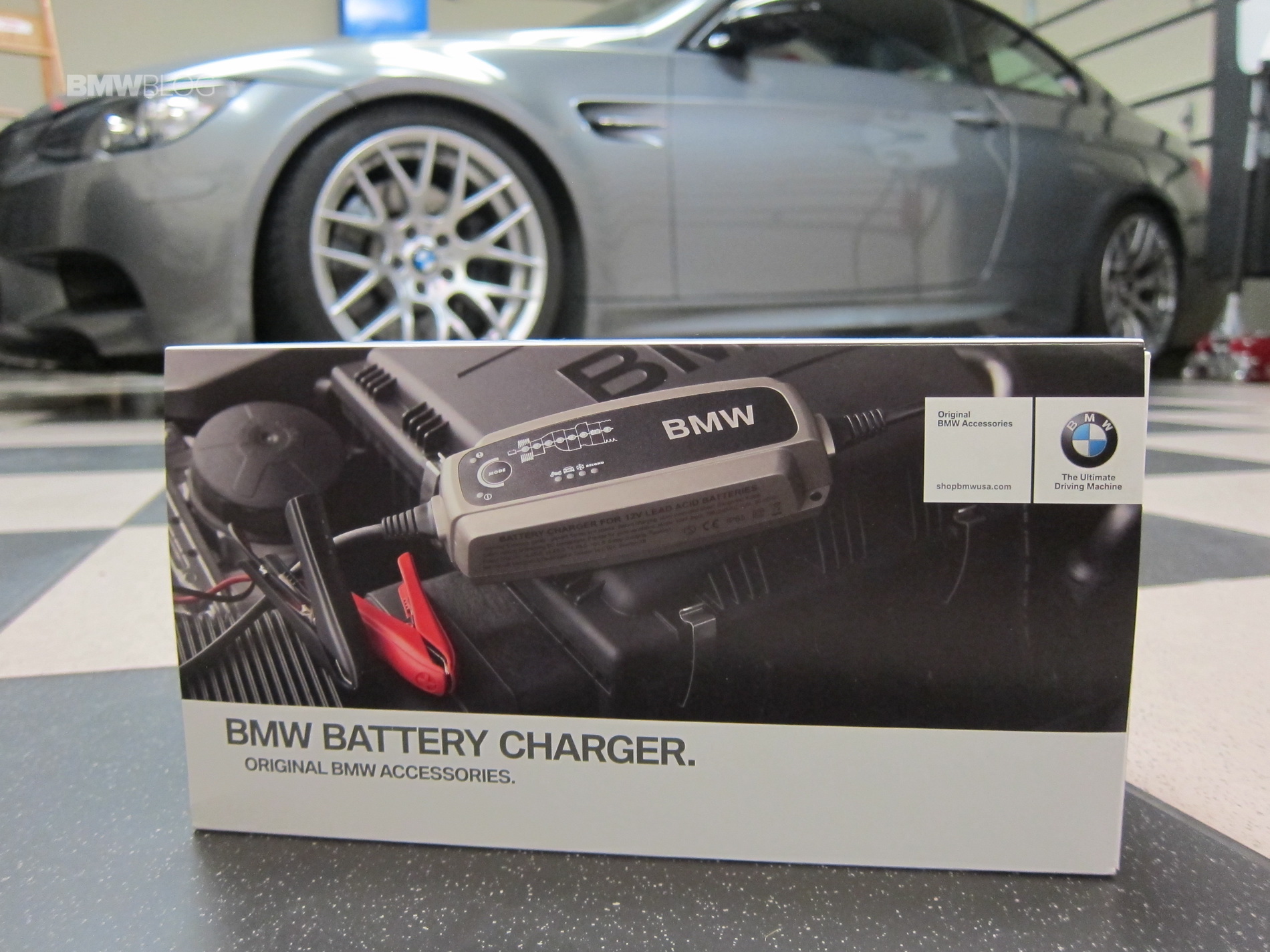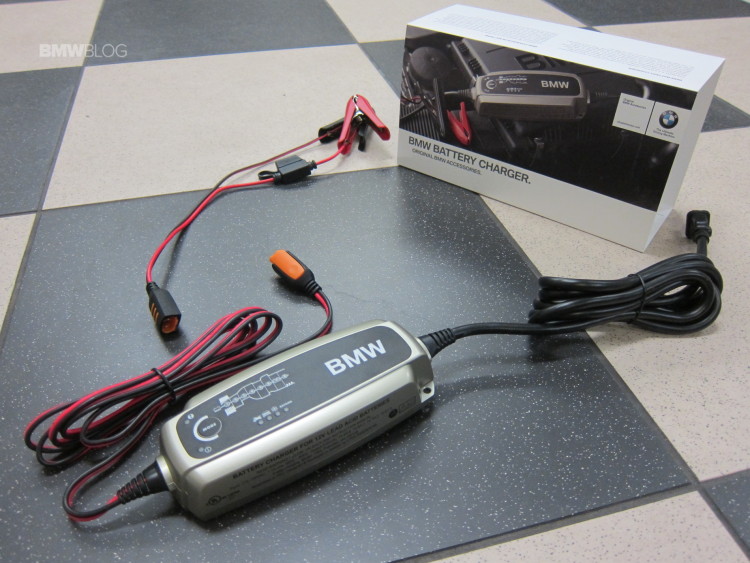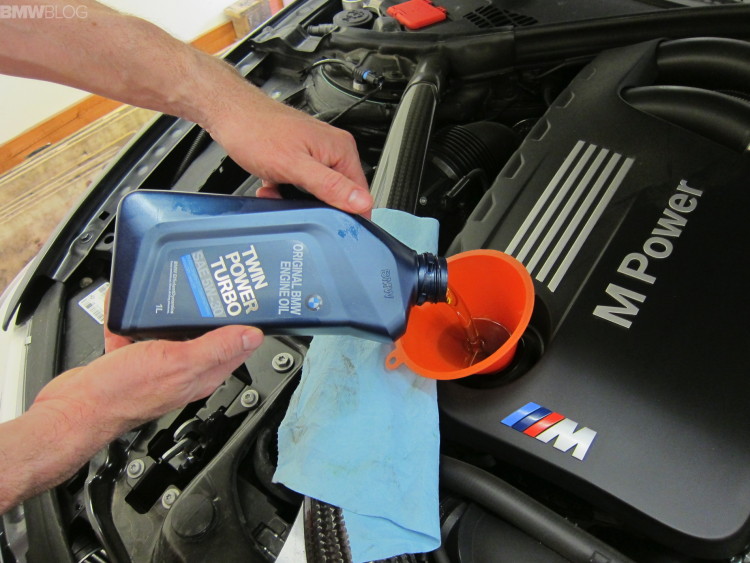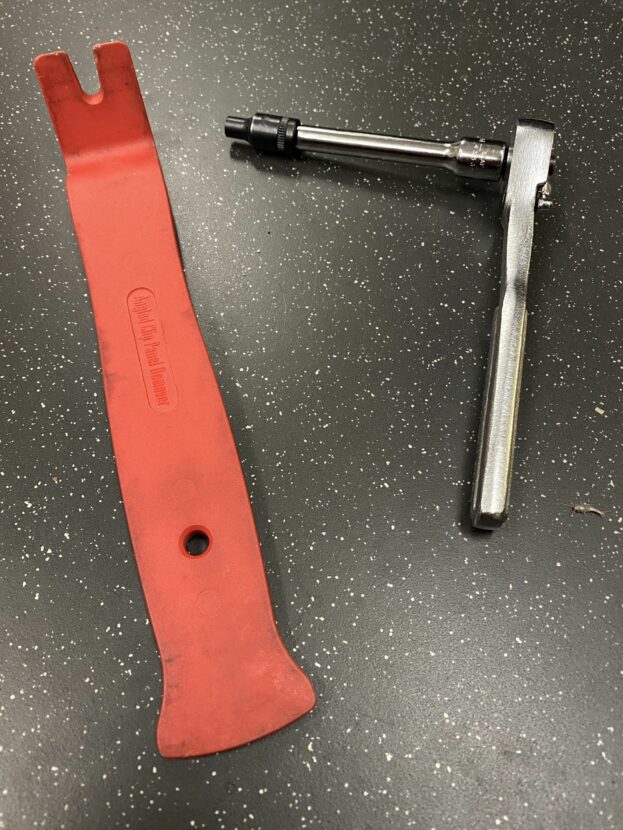Imagine this: you embark on a weekend road trip with your family to enjoy the sunshine and decompress from a long work week. You pack lawn chairs, beach towels, a cooler full of ice, drinks, fruit, and meat to grill, all securely stowed in the luggage compartment. As you traverse the mountains, your spirited driving drains your fuel reserves, and you find yourself in need of refueling. The only station nearby lies 10 miles up the road—an unmanned fueling station.
After refueling, using the portable restrooms, and stretching your legs, you encounter a mysterious problem: your car refuses to start! With no cell phone reception and no other cars or humans in sight for miles, what do you do? In situations like these, nine times out of ten, a discharged battery caused by electrical consumers left on with the engine off necessitates a jump start to revive your Bavarian machine. Modern BMWs, equipped with over 100 electronic actuators and numerous control modules, boast increasingly advanced technology.
James Baker, former Chief of Staff to President George H.W. Bush, once wisely said, “Proper preparation prevents poor performance.” This statement holds true in various aspects of life, particularly when you must rely solely on yourself for assistance. The following essential tools and items, occupying minimal space in your vehicle, offer invaluable peace of mind and aid in times of need.
#1: Portable Battery Jump Starter
While many vehicles keep jumper cables in their trunks, they become useless if no other vehicles are around. Portable battery jump starting devices represent the latest and most effective battery reviving tools available today. One highly recommended option is the NOCO GB50 Boost XL 1500A UltraSafe Lithium Jump Starter. This compact and affordable ($149.95) device delivers up to 3,000 amps of jump-starting power, capable of reviving a discharged battery within seconds.
Jump-starting a BMW directly at the battery terminals must be strictly avoided, as it can damage the sensitive electronics. Modern BMWs often feature up to 3 batteries. Instead, always opt to jump-start your BMW using the remote jump-start terminal points located in the engine compartment. Look for a red cover indicating the positive terminal, along with a nearby ground lug. Utilizing these terminals during jump-starting prevents malfunctions within the electrical system.
#2 On-Board Diagnostics II Scan Tool (OBD2)
There is nothing more frustrating than seeing the dreaded check engine light, airbag light, or any other light on your instrument cluster illuminate when it should not be activated in normal operating conditions. You work very hard to keep your vehicle in tip-top shape, and seeing these malfunction indicators illuminate can be very scary. OBD2 scan tools are devices that you plug into a standardized port on all vehicles produced from 1996 to the present, allowing you to view the problems your vehicle is experiencing. These fault codes can range from relatively harmless and easy to fix to extremely important and difficult to diagnose and repair.
Having an OBD2 scan tool can provide useful information regarding whether or not you can continue driving your vehicle or if you need to visit a workshop for further investigation. It goes without saying that the majority of drivers around the world own a smartphone, which is always with them. There are companies that have created awesome Bluetooth OBD2 scan tools, such as MyCarly, FIXD, and BlueDriver, to name a few.
I recommend purchasing the BlueDriver Pro Scan Tool, which retails for $119.95. This is a great price for the technology you receive. Simply plug the Bluetooth adapter into your OBD2 port located near the driver’s footwell area, close to the hood latch. Then, download the application for Android or iOS, turn your ignition on (engine off), launch the app, and read your codes. BlueDriver offers many features that other competitors do not, and it is very user-friendly. This is a product you can keep in your glove box compartment. It is very small and weighs only 2 ounces. You can’t go wrong with this device.
#3 Consumable/Non-Consumable Fluids
Carry engine oil, antifreeze/coolant, windshield washer fluid, and paper funnels as essential items. Why carry all these fluids if the systems are sealed and there are no leaks? Remember the saying, “Proper preparation prevents poor performance.” This saying holds true, especially for maintaining fluid levels in your vehicle.
Internal combustion engines require engine oil, which is a consumable product that lubricates the many moving parts. BMW engines with less than 10,000 miles generally consume additional engine oil due to the engine components not being fully broken in. BMW has specified engine oil consumption quantities for different engine types. “N” and “B” generation engines (except N63, N63T, N74, and Motorsport engines) consume 1 liter per 1,500 miles. “M” generation engines (M54, M62, etc.), N63, N63TY, and N74 engines consume 1 liter per 750 miles. “S” generation Motorsport engines consume slightly more, at 2.5 liters per 1,000 miles. Considering these specifications, it is advisable to carry 2-3 liters of extra oil in your luggage compartment. BMW even offers a Velcro-backed oil storage bag that holds a 1-liter bottle of engine oil with the BMW logo.
Antifreeze/coolant is generally not consumed unless there is a coolant leak in the circuits. However, it is important to carry an extra bottle in case of an unlikely coolant leak. Some BMW models generate a check control message indicating low coolant level, which should not be ignored. Continuing to drive with low coolant can lead to irreparable engine damage. BMWs use different types of coolant (blue, green, and magenta), so consult your dealership or independent repair facility to determine the correct coolant for your vehicle.
When purchasing the recommended coolant, note that it is 100% strength and not diluted. BMW recommends a 50/50 mix with distilled or demineralized water for most environments, and a stronger 60/40 mix for colder environments to prevent freezing of the cooling system. Additionally, keep a set of paper funnels in your vehicle to avoid unnecessary spills when topping off fluids. Ensure the vehicle has completely cooled down before opening any coolant expansion tanks to prevent injury, as the systems are pressurized when at operating temperature.
Many overlook windshield washer fluid, unaware that silicone-based additives present in some over-the-counter fluids can damage the rubber lines and capacitive fill level sensors. Therefore, use the proper OEM washer fluid concentrate, following the instructions on the bottle for dilution. Silicone-based additives are not compatible with the washer fluid system in BMWs.
#4 Hardware Management
BMW hardware primarily consists of Torx bits, Phillips, and flathead screws, as well as 8mm and 10mm bolts/screws. You don’t need to spend hundreds of dollars on top-tier Snap-On tools to disassemble, reassemble, or tighten loose hardware on your BMW. Many inexpensive tool sets are available to maintain your BMW. I recommend acquiring an affordable yet high-quality set of tools to keep in your luggage compartment, along with the other aforementioned items.
You can find a high-quality Torx and external Torx socket set on Amazon for under $100. These sets can be attached to either a ¼” or ⅜” ratchet, enabling you to service various components in your BMW’s interior or engine compartment. These tool sets, along with a reliable ¼” and ⅜” drive ratchet, are invaluable for self-servicing your BMW, should you choose to do so. I also suggest adding a Hazet fine-toothed ¼” and ⅜” ratchet to your luggage compartment tool kit arsenal.
Phillips and flathead screwdrivers are readily available at hardware stores and are capable of getting the job done. The most common hardware sizes for all BMW vehicles are 8mm and 10mm. These size sockets are used for underbody panels, as well as interior trim pieces, in almost all BMW vehicles. By purchasing a quality set of metric sockets ranging from 6mm to 24mm, you will be equipped to successfully work on your own vehicle.









































































